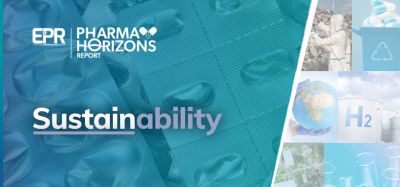Post-approval R&D key in advancing oncology treatments
Posted: 11 July 2023 | Catherine Eckford (European Pharmaceutical Review) | No comments yet
The Pharmaceutical Research and Manufacturers of America (PhRMA) has highlighted in a new report five R&D mechanisms that could facilitate full clinical value of oncology treatments after initial approval from the US Food and Drug Administration (FDA).


A new report from the Pharmaceutical Research and Manufacturers of America (PhRMA) has highlighted the importance of post-approval R&D in advancing oncology treatment options and delivering unprecedented progress over the past ten years.
The insight builds off previous research that shows for certain cancer medicines, most of the high-impact clinical research happens after a medicine is initially approved.
Over 60 percent of oncology medicines approved a decade ago received additional indications, with most being received seven or more years after initial approval. Therefore, it suggests policies discouraging post-approval research and drug development could severely limit progress and benefit to patients, according to PhRMA.
The report describes five mechanisms through which the full clinical value of a cancer medicine may result following initial approval by the US Food and Drug Administration (FDA):
- Additional benefits within an approved indication: After initial approval, data generated over years of research could prove that benefits of an oncology treatment in its FDA-approved indication are greater than anticipated at approval.
- Use in earlier treatment line or in earlier disease stage: Cancer medicines are often initially approved in advanced diseases and in patients who have exhausted other treatment options. Additional research may show over time that the medicine is beneficial before patients try other treatments or in earlier disease stages. This therefore broadens the population of patients who may benefit.
- Use in additional types of cancer: Additional research and development, driven by insights into cancer biology, may demonstrate a medicine is beneficial in cancer types further to those targeted at initial approval.
- Use in combination with other agents: R&D conducted once a medicine is marketed may demonstrate it is more effective when used in combination with another therapy than when used as a monotherapy.
- Use as tumour-agnostic treatments based on biomarkers: After initial approval, additional studies may determine a cancer medicine is beneficial to patients with a specific biomarker, regardless of where the cancer originated in the body.
However, the US Inflation Reduction Act sets the price of medicines before many of these key advancements can be fully realised, the report emphasised. Specifically, the law disincentivises investment necessary to conduct post-approval research and development (R&D) by shortening the timelines by which companies may viably explore this research.
Overall, the report offers reasons why policymakers should support public policies that reward and incentivise innovation and advance treatment outcomes for cancer patients.
Related topics
Anti-Cancer Therapeutics, Big Pharma, Biologics, Biopharmaceuticals, Clinical Development, Drug Development, Drug Safety, Industry Insight, Regulation & Legislation, Research & Development (R&D), Therapeutics
Related organisations
Pharmaceutical Research and Manufacturers of America (PhRMA), The US Food and Drug Administration (FDA)









